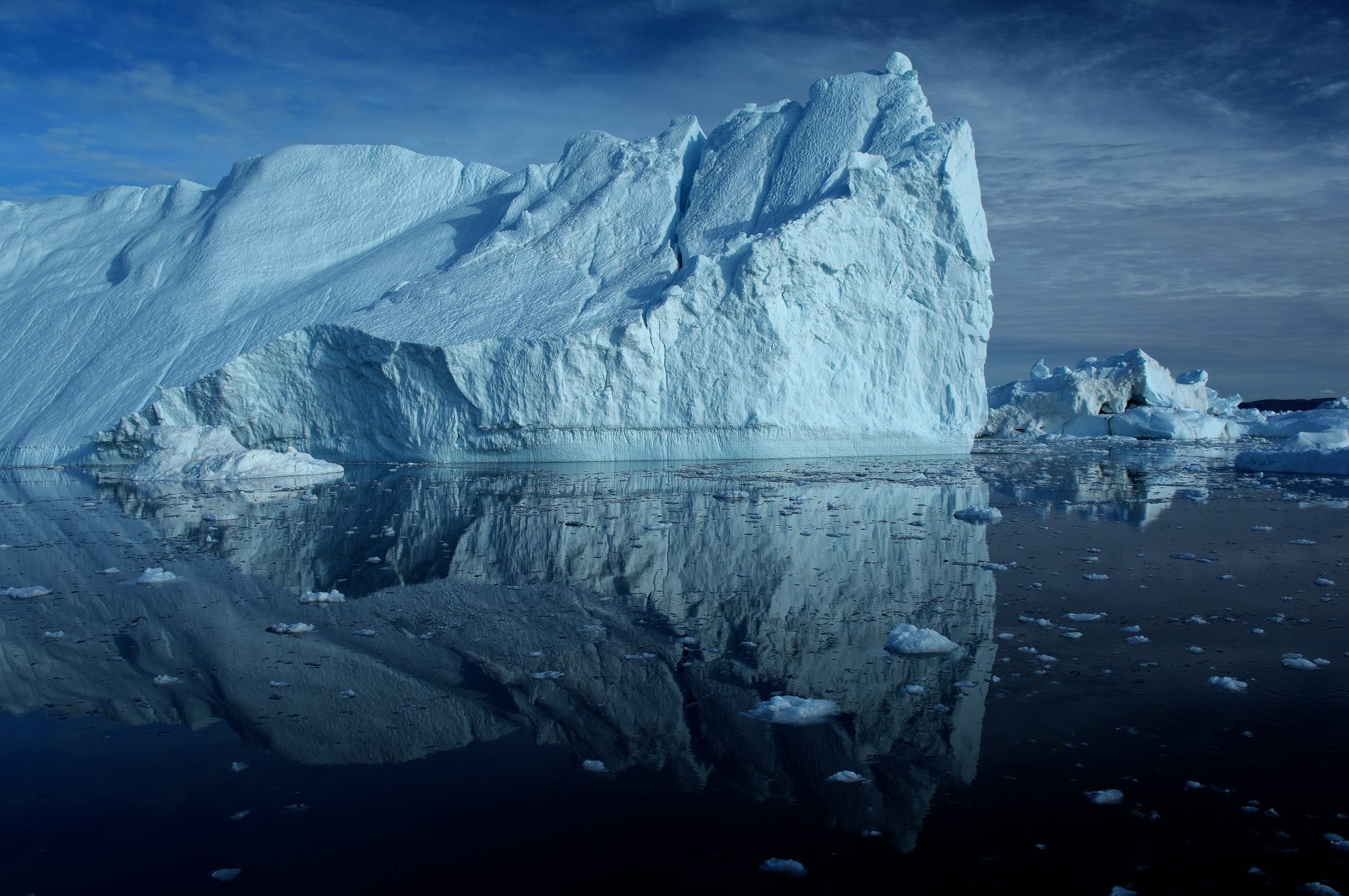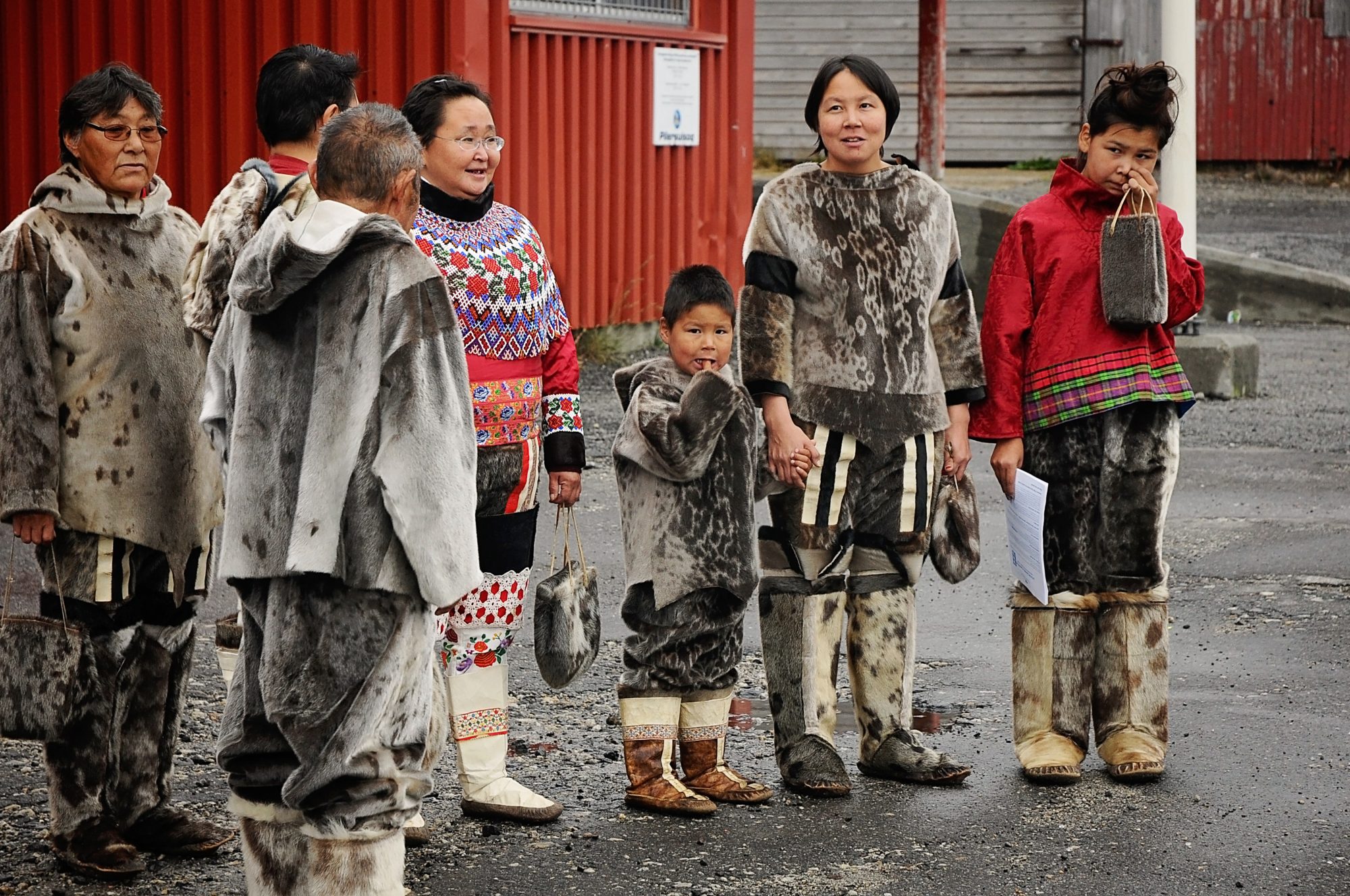Greenland’s Indigenous population supports sand extraction and exports amid a rapidly growing global demand for these resources
A survey of 1000 adults in Greenland by a McGill University-led research team concluded that a large majority of Greenlanders – 3 out of 4 Greenlanders – support sand extraction and sand exports left by the melting ice sheet.
It is worth noting that 90% of Greenland’s population is Indigenous.
90% of Greenland’s population is Indigenous
A considerable number of Greenlanders want their leadership to assess the impact of sand extraction and exports on both the environment and the economy.
Furthermore, when it comes to who mines the sand, the majority prefer local involvement to foreign collaboration.

Climate change causing sand and gravel deposition
Substantial amounts of sand and gravel are ending up being deposited along the coasts of Greenland as a result of climate change.
This sand deposition comes amid a rapidly growing global demand for these resources and as the research shows, Greenlanders want to extract and export it.
This is because the abundance of sand and gravel puts Greenland in a position whereby it can become a global exporter of aggregates. In time, this will bring prosperity to the country.
Surprising support for resource exploitation
“We were quite surprised to learn that there was such a high level of local support for exploiting the sand,”
We were quite surprised to learn that there was such a high level of local support for exploiting the sand
“This work clearly shows how an increasingly globalized Arctic Indigenous population wants to be and should be a part of the decision-making processes when discussing how Arctic communities can adapt to accelerated Arctic changes,” comments Mette Bendixen, an assistant professor in McGill University’s Geography Department and the first author on the recent study in Nature Sustainability.
First study to consider opinions of local population
This is the first study to look into local perspectives on the topic of mining activities. In the past, sand extraction and other similar processes have been met with fierce local opposition.
Previous research had focussed on the negative aspects of climate adaptation and mining impacts in Greenland, rarely touching upon the thoughts and feelings of Greenland’s population.
The authors of this study show how Greenland could benefit from extracting and exporting sand and gravel, and how the local Indigenous population support this opportunity.
Future research will seek to understand more about the economic, socio-ecological and psychosocial effects of opportunistic climate adaptation actions in the Arctic. This will serve to guide future policy and planning and ensure that cultural values, local knowledge and civic participation is included throughout the process.











